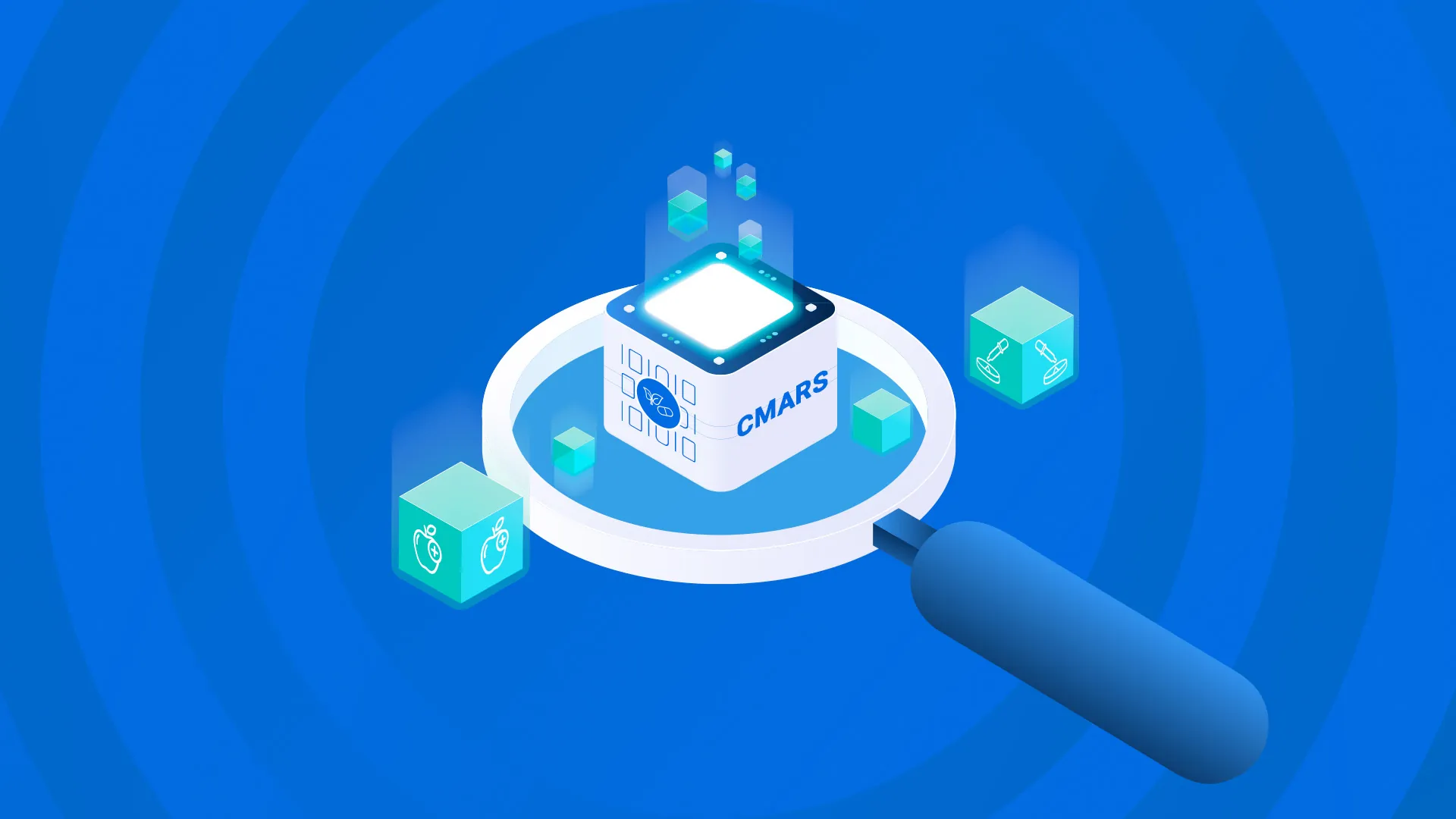A blog by Jeff Myers
I recently facilitated a Government Analytics Breakfast Forum (co-hosted by REI Systems and Johns Hopkins University), where the Director of Enterprise Data Services for the Consumer Financial Protection Bureau, Shannon Files, made a presentation on “Building a Data and Analytics Organization in a ‘Startup’ Government Agency.”
As always, I listened to what Ms. Files said, but also to what she didn’t say, and I tried to read between the lines, too. Here’s what I took away that might be useful to any agency hoping to strengthen its analytics program.
1. Make use of your own agency’s data, but don’t hesitate to beg, borrow or buy data from outside sources, if it will meet a need. My experience is that many agencies perform analytics only on data they already hold. They forsake valuable context, and explanatory power if they neglect other data sources. CFPB does, in fact, use data from credit bureaus, and other outside sources. I also recommend that agencies ask for a sample of such data before buying it – to see whether it can be mashed up with their own data and whether it provides real value.
2. Be ready to experiment with a variety of analytic tools. In many cases, open-source tools like R and Python will work well. In some cases, a proprietary tool may be needed, but make that a second choice only after considering open source options. That will reduce costs, and reduce the risk of “vendor lock-in.”
3. Tailor your analytic products to your audiences and their specific use cases. That means you have to get to know the audiences who will use your analysis (for regulation, budgeting, investigations, enforcement, etc.) And you can help them define their use cases – iteratively, if possible, to improve your products, and make them more valuable to their work. Analysis that never gets used is a mistake. And – at the end of the day, you are in the communication business – if your analysis isn’t received, understood, and acted upon, then it has no value.
4. Assemble a team that brings a mix of skills. Your staff and/or consultants should understand technology, data management, analytic techniques, business use/business cases, and communications. It’s not enough just to have a team of “rocket scientists” who bring the latest analytic technique, especially if they don’t know how to get the data, and can’t communicate to your key audiences.
5. Expect and plan to “democratize data” – making data sets and analytic tools available to many of the people in your organization. That way, there may be hundreds of ideas for how to capture value from your data, and hundreds of people who can experiment with analytic techniques – rather than just a few who have the authorization and technical know-how to access arcane, fragile, and sensitive data sets.
6. Expect to spend 1-3% of your organization’s/program’s on data and analytics. If data is the key to your organization’s mission (and its “competitive advantage”), then be ready to double that figure.
For more information on Data & Analytics, contact Jeff Myers (jmyers@reisystems.com) or Ankit Mittal (amittal@reisystems.com).
View Ms. Files “Building a Data and Analytics Organization in ‘Startup’ Government Agency” below.




